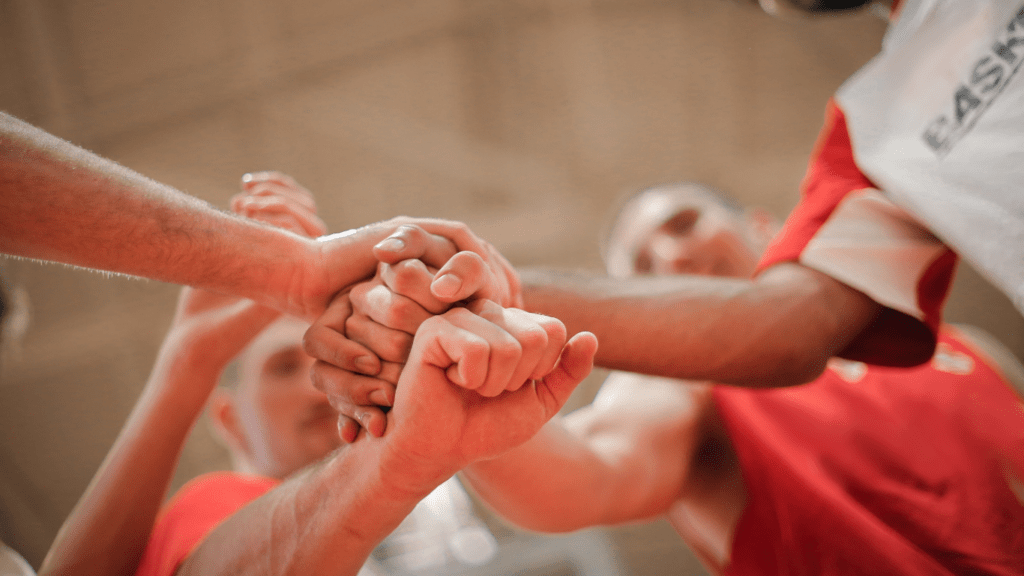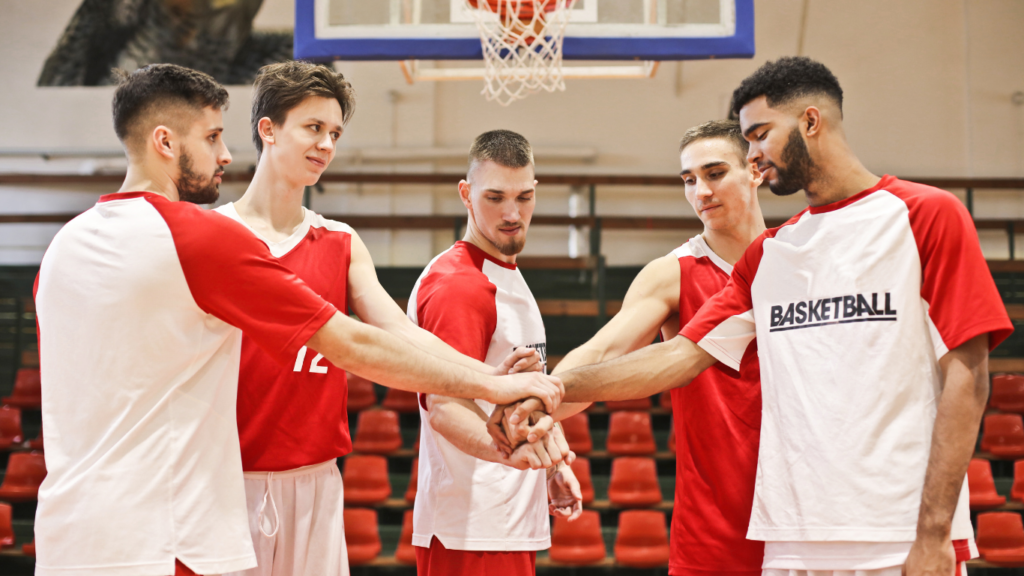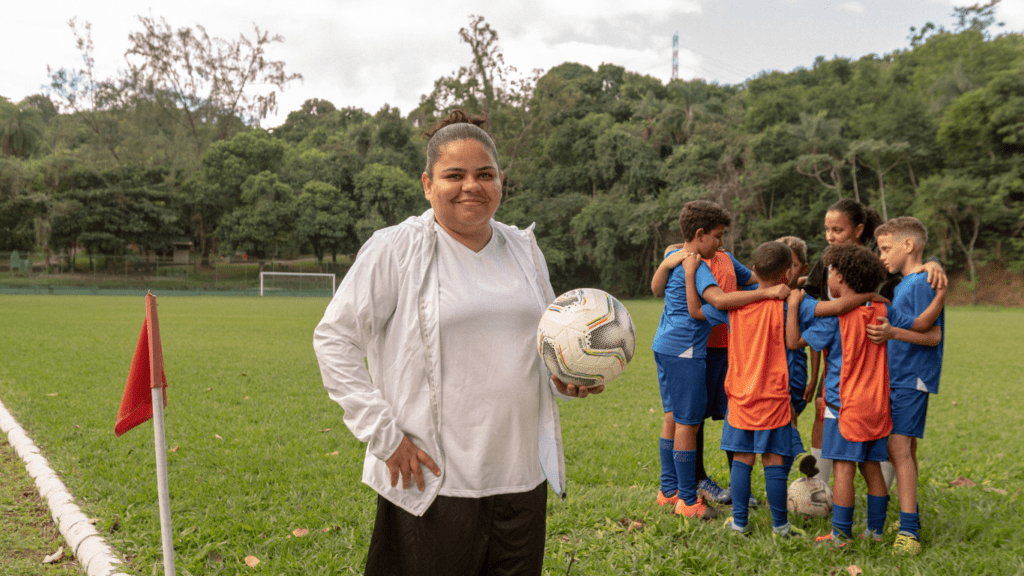Every athlete faces slumps and setbacks at some point in their journey. These moments can feel discouraging and overwhelming, often testing their resolve and passion for the sport. I’ve seen firsthand how crucial it is to navigate these tough times effectively, turning challenges into opportunities for growth.
Motivating athletes during these periods isn’t just about pushing them harder; it’s about understanding their mindset and fostering resilience. Whether they’re grappling with performance anxiety or battling injuries, the right approach can reignite their drive and confidence.
In this article, I’ll share strategies that have worked for me and countless others, helping athletes bounce back stronger than ever.
Understanding Slumps and Setbacks
Athletes face slumps and setbacks throughout their careers. Grasping these challenges is crucial for effective motivation and support.
Common Causes of Slumps
- Injury: Sustaining injuries can derail an athlete’s progress, leading to frustration and loss of confidence.
- Burnout: Overtraining or excessive pressure can result in physical and mental fatigue, diminishing performance.
- Psychological Strain: Stress from competition, expectations, or personal issues can impair focus and motivation.
- Skill Plateau: Reaching a stage where improvement stalls often causes athletes to doubt their abilities.
- Environmental Changes: Transitioning to new teams, training facilities, or coaching styles can disrupt established routines, impacting performance.
Psychological Impact on Athletes
- Decreased Self-Esteem: Frequent setbacks can lead to feelings of inadequacy, eroding an athlete’s belief in their capabilities.
- Increased Anxiety: The pressure to perform well can heighten performance anxiety, resulting in avoidance behaviors.
- Fear of Failure: Athletes may develop an intense fear of failing, hindering their willingness to take risks during competitions.
- Isolation: Slumps can create a sense of loneliness, as athletes may withdraw from teammates and support networks.
- Loss of Motivation: Consistent frustrations can diminish an athlete’s drive to train and compete, making it challenging to regain previous levels of performance.
Strategies for Motivation
Motivating athletes through slumps and setbacks requires targeted strategies. Below are effective approaches that can foster resilience and drive.
Setting Realistic Goals
Setting realistic goals helps athletes regain focus during tough times. By breaking down larger objectives into smaller, manageable tasks, I can provide clarity and direction. Using the SMART criteria—specific, measurable, achievable, relevant, and time-bound—ensures these goals are practical.
For instance, instead of aiming for a personal best in a single event, I encourage athletes to set weekly training milestones. This method builds confidence, creating a sense of accomplishment while they work through setbacks.
Positive Reinforcement Techniques
Positive reinforcement techniques play a crucial role in athlete motivation. Recognizing effort, not just outcomes, cultivates a growth mindset. I use verbal praise and tangible rewards, like certificates or small gifts, to celebrate achievements. One creative example includes customized gear or apparel — t-shirt printing with motivational slogans or team milestones—which athletes often wear with pride, reinforcing their sense of accomplishment.
This recognition boosts morale and encourages persistence, especially after setbacks. Incorporating visual progress trackers can also reinforce positive behavior, allowing athletes to see their improvement over time, reinforcing their commitment to training and growth.
Building Mental Resilience
Building mental resilience strengthens athletes during slumps and setbacks. Developing this resilience helps them navigate challenges effectively, enabling growth and performance recovery.
Developing a Growth Mindset
Developing a growth mindset empowers athletes to view challenges as opportunities for improvement. Athletes can reframe failures and setbacks to focus on lessons learned and skills gained. Research indicates that individuals with a growth mindset are more likely to persist through difficulties, ultimately enhancing their performance.
Practicing self-reflection aids athletes in recognizing their progress and in understanding that setbacks contribute to their overall development. Encouraging athletes to embrace the process fosters a deeper commitment to their training, helping them bounce back stronger.
Coping Mechanisms for Stress
Implementing coping mechanisms for stress provides athletes with tools to manage anxiety effectively. Techniques such as deep breathing, visualization, and mindfulness practice help athletes maintain composure during high-pressure situations.
Engaging in regular physical activity promotes the release of endorphins, enhancing mood and reducing stress. Additionally, maintaining a supportive network of coaches, teammates, and friends reinforces athletes’ emotional wellbeing.
Encouraging open communication about feelings and challenges allows athletes to share experiences and receive guidance, fostering resilience in the face of adversity.
Support Systems for Athletes
Support systems play a crucial role in helping athletes manage slumps and setbacks. Strong networks provide emotional backing, practical advice, and encouragement necessary for recovery and growth.
The Role of Coaches and Mentors
Coaches and mentors serve as vital support pillars for athletes facing challenges. Coaches develop training plans that accommodate an athlete’s current physical and mental state. They offer constructive feedback, helping athletes refine techniques and set achievable goals. Mentors, often seasoned athletes themselves, share personal experiences and coping strategies that can motivate athletes through tough times. This mentorship fosters a sense of community, enabling athletes to seek guidance and reassurance when needed.
Involving Family and Peers
Family and peers contribute significantly to an athlete’s support system. Families can create a positive home environment, encouraging open communication about struggles and feelings. Engaging in shared interests, such as family outings or recreational activities, helps alleviate stress.
Peers, including teammates and friends, can provide motivation through camaraderie. This camaraderie creates accountability, as athletes often push each other to maintain focus and commitment during challenging periods. Collaborative training sessions and shared experiences reinforce resilience and elevate morale within the group.



